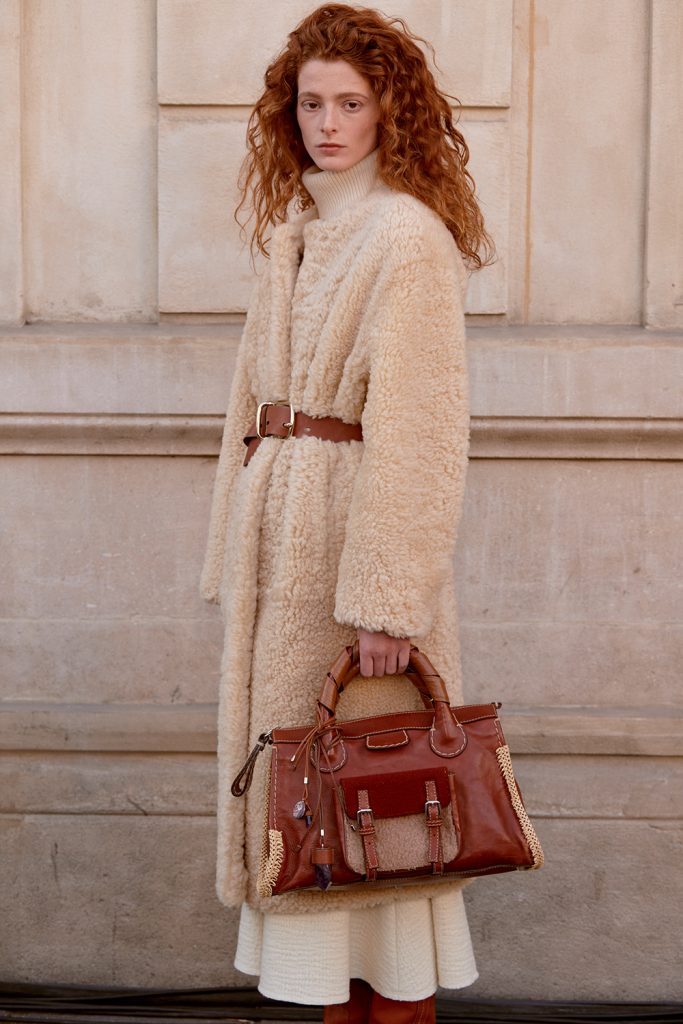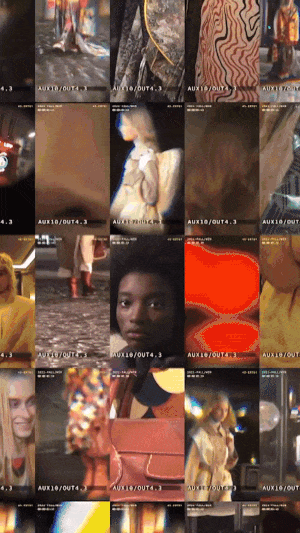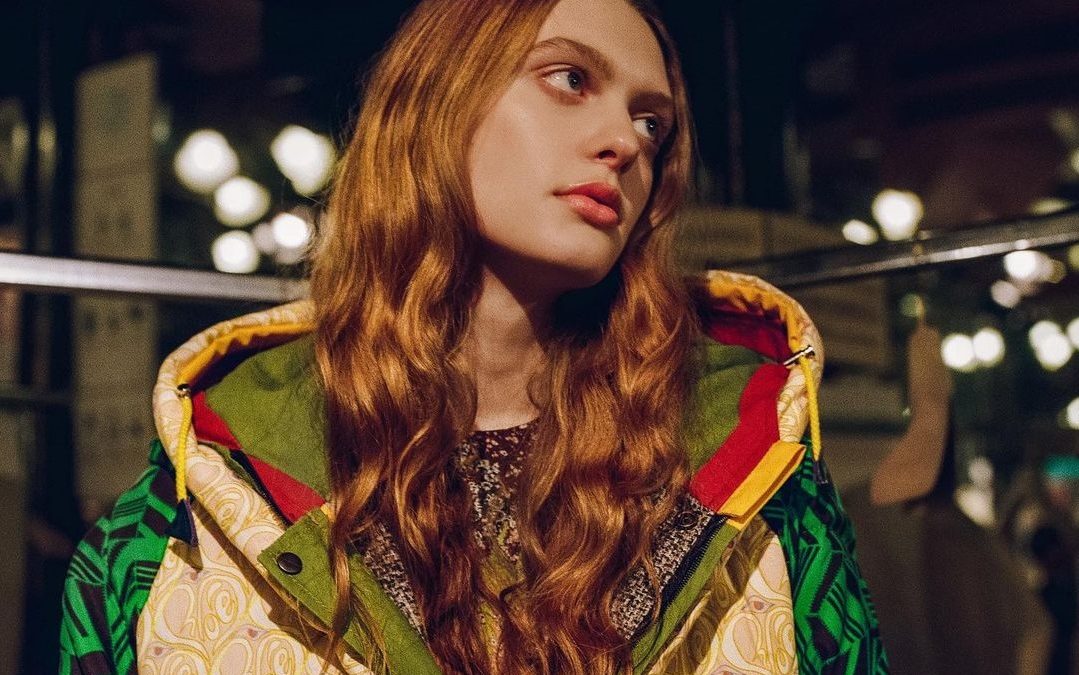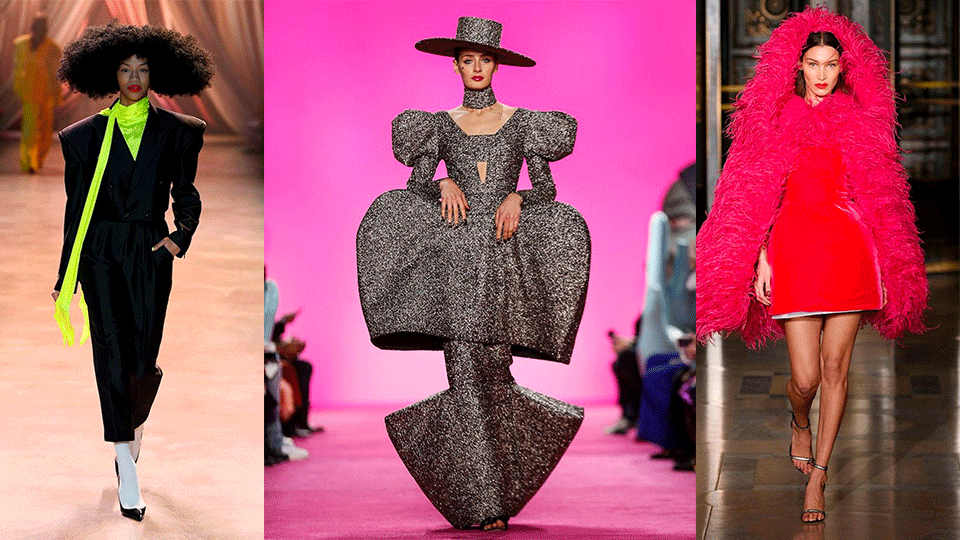- À New Wave to Fashion, À New Way of Living. Download Now on iOS Android Canada SS22
- hello@alahausse.ca
Chloé A/W 2021: A Catalyst to the Era of Environmentally Conscious Collections

Fur Free Fifth Avenue: How Big-Box Stores like Saks Fifth Avenue are Making the Shift to Cruelty-Free
May 7, 2021
Sustainable Packaging: How to Make Fashion Retail Packaging Sustainably Chic for 2021
May 14, 2021Written By: Hanna Shaw, Edited By: Sheila Lau
Under the leadership of Chloé’s newly instated Creative Director Gabriela Hearst, the luxury fashion brand has stepped into a new age of putting social and environmental sustainability at the forefront of their operations. Her first collection at the fashion house for Autumn/Winter 2021 was a clear depiction of the vision the brand holds. A vision of creating a better future through ambitious efforts to be environmentally conscious on all levels.

Leading the Environmental Era with Chloé
Long gone are the days where we as consumers and producers are unaware of the lasting effects our actions can have on the environment. Chloé is taking this truth in stride and isn’t leaving any doors unopened. The fashion house has pledged their ultimate goal under the direction of Hearst to be “creating beautiful products with meaningful impact,” all the while shifting their priorities to that of a purpose-driven company with their sights set on becoming B-Corp Certified in 2021. Four pillars have been designated as the focus and driving forces behind the current goals and actions of Chloé: Fair and Equal Opportunities, Fair Sourcing, Positive Impact on Communities, and Impact on the Planet.
Chloé and Fair Sourcing
Hearst is truly a pioneer in the fashion industry. At Chloé, she has made unprecedented methodological choices through the prioritization of the environment and societal well-being. In September 2020, the luxury brand entered into a partnership with WFTO and honored it by releasing the brand’s first ethically-made and environmentally conscious fair-trade collection. By 2022, Chloé strives to reach a 20% rate of Fair-Trade certified products in their ready-to-wear collection.
Under the Fair Sourcing pillar, Chloé aims for all ready-to-wear items to be made with 55% of materials that have a lower environmental impact. The brand also aims to have 75% of their leather products made up of more sustainable materials by 2022, which was evident in Chloé’s A/W 2021 collection. Models were draped in knitted natural fibers with scalloped detailing as an homage to signature designs made by Chloé’s founder, Gaby Aghion. Within her Chloé runway debut, Hearst was able to replace over 80% of the cashmere yarn they used with its recycled counterpart, and over 50% of the silk in the collection with organic alternatives.
Sheltersuit ✕ Chloé
Moreover, Chloé forged a partnership with the Sheltersuit Foundation and Manos del Uruguay in their A/W 2021 Collection to bring awareness to social and environmental initiatives. Sheltersuit Foundation, a non-profit that provides innovative solutions for the homeless community, produces three-in-one garments for homeless people. The Sheltersuit can be transformed into a jacket, sleeping bag, and duffel bag for homeless people to efficiently shelter themselves while minimizing the space needed for storage. The organization collaborated with Chloé to create a Sheltersuit x Chloé Backpack made of textile waste leftover from past collections. Moreover, for each bag sold, Chloé will donate the funds needed to produce two Sheltersuits. When discussing the partnership, Hearst commented, “The design is beautiful, joyful and functional; it is consciously made and for a greater good, providing immediate shelter to people experiencing homelessness.”
But, the fashion house didn’t stop there. Inspired by the classic Chloé Edith handbag, Hearst’s first luxury purse purchase, 50 vintage Edith’s were repurposed with leftover textiles from the A/W 21 collection into one-of-a-kind items. Other new handbag styles included the Juana in patchwork and scalloped leather, and hand knitted leather totes decorated with a recycled wooden “C” incorporated into the handle.


Taking Steps to Minimize Luxury Fashion’s Environmental Footprint
Staying true to their commitment to sustainable business operations, Chloé has taken serious actions in reducing their environmental footprint throughout the company. As a member of The Fashion Pact, Chloé is part of a coalition of companies in the textile industry globally devoted to ending global warming, keeping the oceans safe, and re-establishing biodiversity.
Currently, Chloé is taking strides to reach a 22% reduction in their carbon footprint by 2022. The brand is also engaged in company-wide projects, aiming to reduce their carbon footprint and water usage by 25% no later than 2025. This will be achieved through the combined efforts of: using Forest Stewardship Council certified paper packaging; eliminating fur, exotic animal, and angora skins or hair; accepting client returns via maritime transports; and reusing, recycling, or donating unused materials and products.
Striving for a Better Future with Chloé
As the first luxury fashion brand to take such substantial and impactful steps toward mending the wide-reaching negative effects of the fashion industry, Chloé is truly a force of change. They not only have the potential to compel other luxury brands to follow suit, but Chloé is also setting a precedent through their new creative director, Hearst. It is truly awe-inspiring to witness Chloé’s courageous efforts to follow through on the goals and ambitions they have in a cause with far-reaching effects. Just as Chloé has done, start questioning the small ways that you can fix in your life to be more environmentally conscious. And, when in doubt, ask yourself: WWCD (What Would Chloé Do)?
Images and videos via Chloé
Via ÀLA.HAUSSE‘s Multi-functional and Multi-purposeful Fashion Ecosystem- BUY/SELL/RENT/LEND/ (swap BETA 2021) mobile application, INDIVIDUALS & brands ( BETA 2021) are encouraged to REBUY, RESELL, REUSE and UP-CYCLE their personal “Clossets” aka Clothing Assets, along with overstock inventory and samples. Through this consumerism habit shift we indirectly slow down the urgency on fashion’s carbon footprint, aiding sustainability as a whole.
BETA Early Access Application Now Open for CA Fashion Lovers: Apply Now for LAST CALL
with Stories on www.alahausse.ca
#ALAHAUSSE #WEARYOURPURPOSE #HAUSSEPEOPLE








